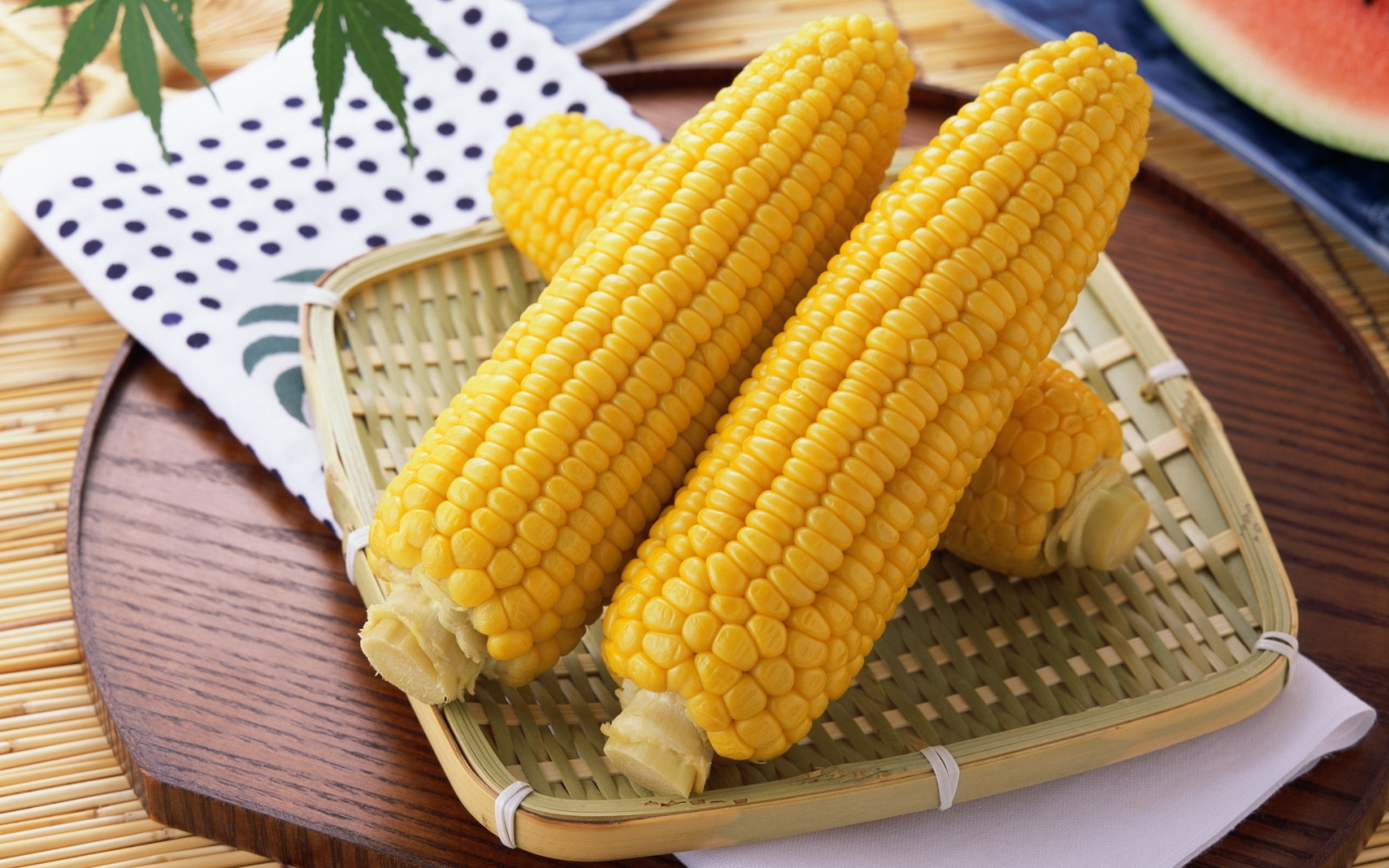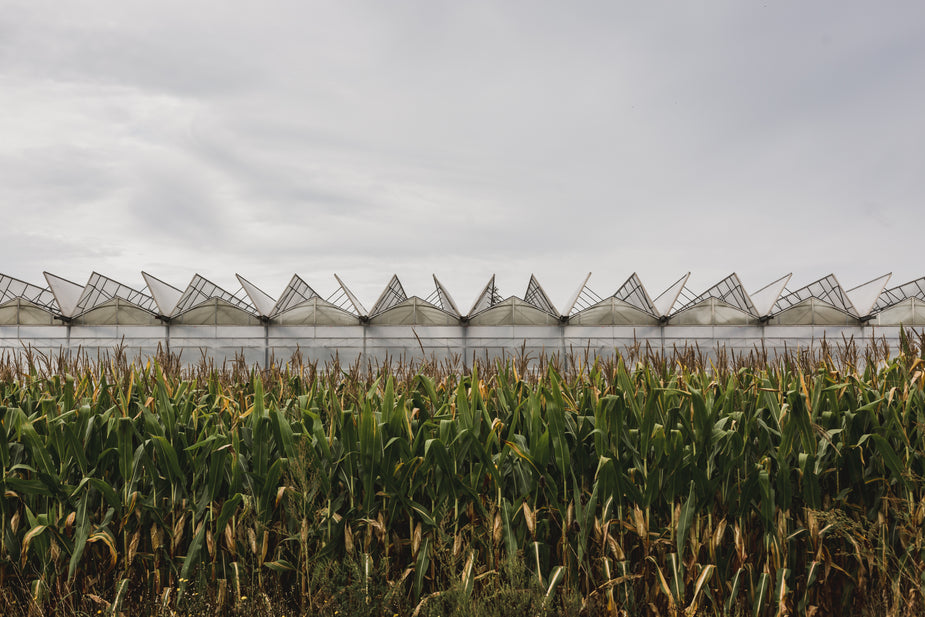Brazil expects first corn harvest to increase
Brazil’s first corn crop increase: production forecasts
The corn planting season has begun in Brazil. This crop occupies one of the important places in the agricultural sphere of the country, so farmers pay a lot of attention to preparations for the process, as well as messages from weather forecasters. In turn, experts are positive, they expect there will be an increase in the first corn crop. The weather also speaks in favor of this — there is good soil moisture in the southern part of Brazil.
In some regions, farmers have already sown about half of the planned volume of the crop, the sprouts have taken root and are sprouting well. Experts of the association that unites Brazilian producers of the crop predict that the first harvest will amount to about 32 million tons. That figure is 28% higher than last year. At that time, production was less than originally predicted because of prolonged dry weather. In the current season, farmers plan not only to compensate for last year’s losses, but also to make a good profit.
The first corn in Brazil is planted in the southern and southeastern regions of the country. This crop covers about 25% of the total production of the crop.  In recent years there has been a tendency to reduce the area sown for the first crop. Analysts explain this factor by the desire of local farmers to increase the cultivation of safrinha corn, which occupies a share of 75% of total production. In addition, the first harvest of soybeans is more preferable for farmers, so all efforts and resources first of all go to oilseeds. And in the second harvest, farmers focus more on corn.
In recent years there has been a tendency to reduce the area sown for the first crop. Analysts explain this factor by the desire of local farmers to increase the cultivation of safrinha corn, which occupies a share of 75% of total production. In addition, the first harvest of soybeans is more preferable for farmers, so all efforts and resources first of all go to oilseeds. And in the second harvest, farmers focus more on corn.
However, experts expect this trend to change this season. Farmers have already increased planted acreage for corn, which is due to the rising cost of the crop on the world market. Local producers intend to get a high income on the rise in price, so they are actively increasing the areas for growing products.
It should be noted that the supply of corn on the domestic market is extremely limited. The main factor is traditionally low yields. For example, the first harvest in Brazil is 5-5,5 tons per hectare, while in the same area in the U.S. it is about 12 tons. The reason for poor production is the producers themselves. The fact is that the first harvest of Brazilian corn is mostly the responsibility of family farms located in the south of the country. They work most often according to traditional methods and use either a limited amount of machinery or old-fashioned models of it. Although recent years have seen an increase in demand for the crop, production has not yet had time to meet all demands. Therefore, the local association of producers prioritizes increasing yields.
